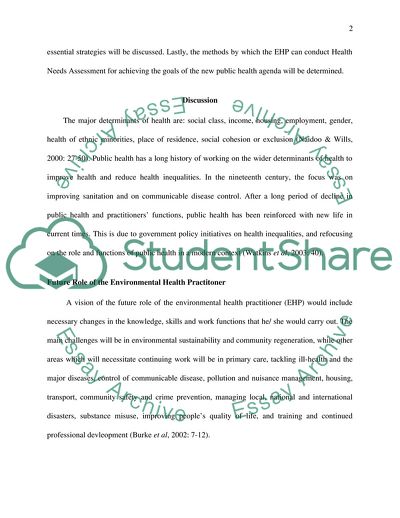Cite this document
(Health Case Study Example | Topics and Well Written Essays - 4000 words, n.d.)
Health Case Study Example | Topics and Well Written Essays - 4000 words. https://studentshare.org/health-sciences-medicine/1715082-how-can-environmental-health-practitioners-contribute-to-community-regeneration-in-order-to-impact-on-the-wider-determinants-of-health-and-to-address-inequaliti
Health Case Study Example | Topics and Well Written Essays - 4000 words. https://studentshare.org/health-sciences-medicine/1715082-how-can-environmental-health-practitioners-contribute-to-community-regeneration-in-order-to-impact-on-the-wider-determinants-of-health-and-to-address-inequaliti
(Health Case Study Example | Topics and Well Written Essays - 4000 Words)
Health Case Study Example | Topics and Well Written Essays - 4000 Words. https://studentshare.org/health-sciences-medicine/1715082-how-can-environmental-health-practitioners-contribute-to-community-regeneration-in-order-to-impact-on-the-wider-determinants-of-health-and-to-address-inequaliti.
Health Case Study Example | Topics and Well Written Essays - 4000 Words. https://studentshare.org/health-sciences-medicine/1715082-how-can-environmental-health-practitioners-contribute-to-community-regeneration-in-order-to-impact-on-the-wider-determinants-of-health-and-to-address-inequaliti.
“Health Case Study Example | Topics and Well Written Essays - 4000 Words”. https://studentshare.org/health-sciences-medicine/1715082-how-can-environmental-health-practitioners-contribute-to-community-regeneration-in-order-to-impact-on-the-wider-determinants-of-health-and-to-address-inequaliti.


